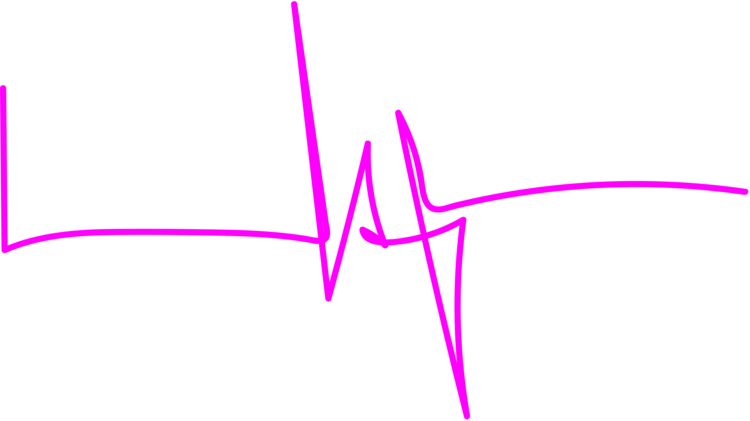...the day I ever make a million dollars out of photojournalism.
I mean when someone with a second name like mine, sprouts wings and takes off over the heads of the great animated populace (I think I am channeling a Red Bull TVC here) I will know that someone has slipped a mickey into my organically free traded soy latte.
And the reason that the possibility of earning an adequate living out of freelance work is becoming more and more remote? Well I believe that we photojournalists are victims of our own idiocy really. Of course none of us is content with the falling budgets and the smaller amount of venues for our work (read this excerpt) BUT in fact it is an industry that can still intrigue, captivate and conquer an audience.
If only if we knew how to re-invent ourselves properly...
And while the 'awards' season is well under way with the announcement of the World Press Photo Awards there is of course the attendant debate raging about the winning image. And of course it is a stunning photograph, beautifully and sensitively shot by an incredible woman photojournalist Jodi Bieber.
The debate raging is one that I see as a necessary examination on the veracity of intention of the photographer and whilst I don't agree with much of the garbled rhetoric I have read about the image itself, this photograph no doubt embeds itself into the consciousness of all of us. It is sensitive, but it is also clever, playing on a reference to a photograph by yet another World Press Photograph winner Steve McCurry.
The debate has arisen because of its use as a TIME Magazine front cover with the accompanying the headline 'What Happens If We Leave Afghanistan'. Most pundits see this as an example of outright pro-war propaganda attaching the American presence in Afghanistan as the saviour of girls like Aisha, but in my mind it is more a matter of botched semiotics and bad phraseology in the case of the TIME sub editors.
Ms Bieber, incidentally can not be blamed for this header, other people always write the captions at TIME.
My point is though, that if the photograph is viewed without all of the attendant rigmarole would it still be an outstanding photo? Yes. But would it still be seen as propaganda without the mast-head and header? Would the story behind the image be enough to satisfy the audience without the editorialising?
I my opinion, yes. It would still satisfy the currently very visually educated audience because the image itself conveys the power of the story. This is enough to captivate an audience in itself. And this is what we want, to be able to draw people into the worlds of others, to connect them to the face of Aisha and her countrymen and women, to move people enough to motivate them to do something, anything. Even stop a war.
But the reaction of many of us photojournalists has been negative. Putting this image on the front page of a known 'brand' news magazine has apparently changed the meaning for many of us. This type of argument has been around for many years and is illustrated in part by the in depth study of Stalinist propaganda in 'The Commissar Vanishes'. But it is in our vehemence in objecting to the use of this image that we do ourselves a disservice. How then should this image be viewed...? In the pristine light of a Roman Catholic cathedral?
Our audience is still out there, yet we are failing them. Not by not producing strong, riveting and emotional imagery but by not finding the ways to deliver this imagery to them in utilitarian ways. We have allowed our work to be packaged and 'branded' and we are ignoring the essence of what it is we do. Where everyone else is taking full advantage of the internet in many industries, the very thing that is designed for us is something we are still failing to grasp.
Three of the best sites for promoting this metamorphosis of photojournalism on the web are VII Magazine, 100EYES and Burn. They provide a range of fine stories, with little editorialising yet some comment from the photographer who was the eyewitness to the photo. I would happily subscribe to all three of these for a minimal amount per month than waste half my time with the freebie sites that have little investment in good photojournalism and a major investment in bad advertising.
So what do you think... is photojournalism able to stretch its wings and fly? Or should we wait for the pigs first...

